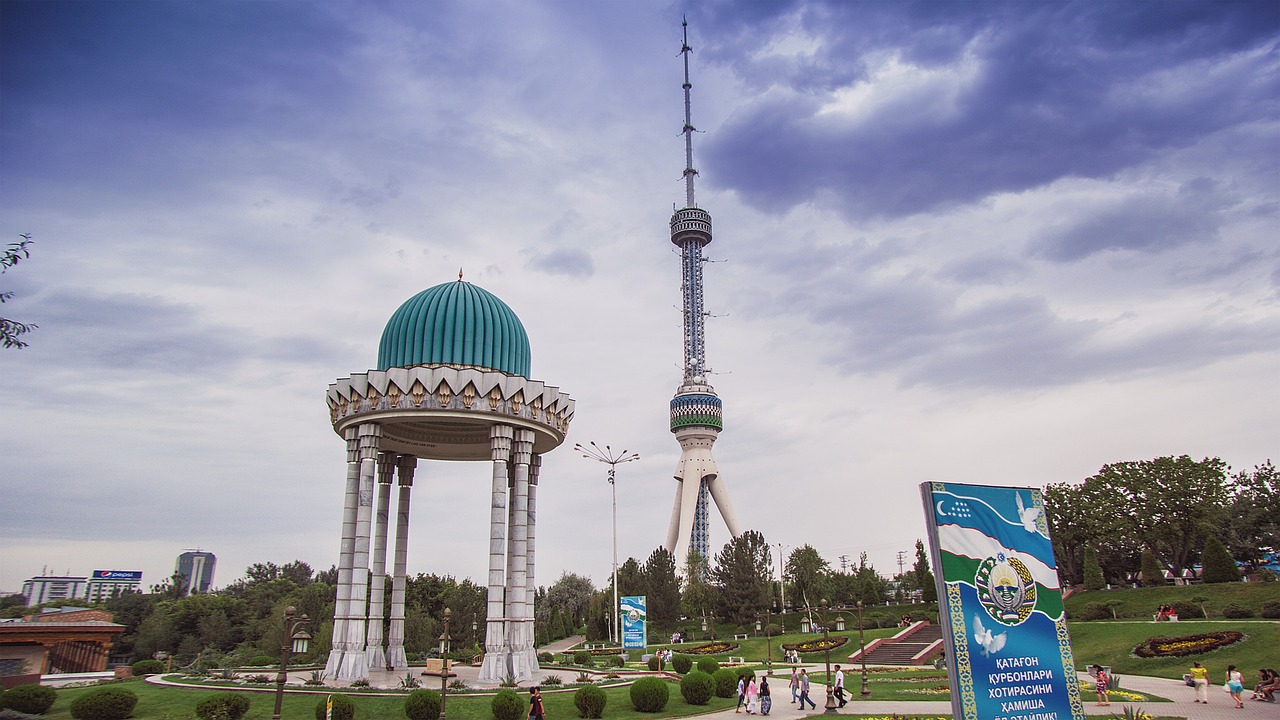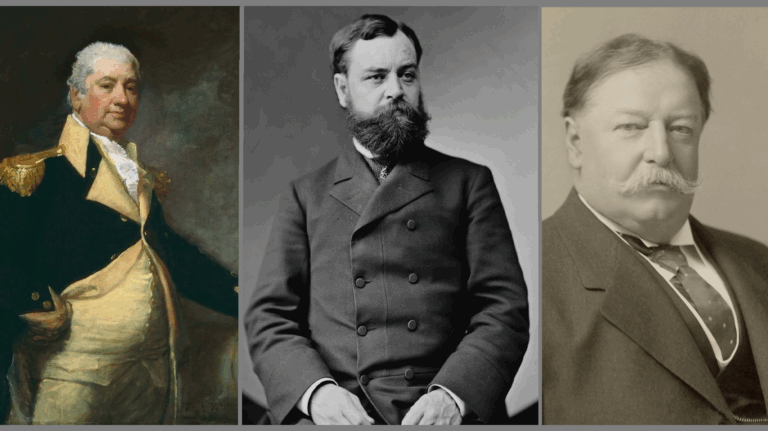Hungary has been a member of the European Union since 2004 and of the Schengen Area since 2007, while retaining its national currency, the forint. The country also belongs to the OECD and NATO. These forms of integration have enhanced its access to European markets and investments. Hungary is a developed country with a population of approximately 9.58 million (as of early 2024) and a balanced economy. In terms of GDP per capita (about $23,000 in nominal and $48,000 in PPP terms), the country occupies a middle position among Central and Eastern European nations. The average monthly wage is around $1,140, while the minimum wage is about $490.
Despite an inflationary spike in 2023 and declining domestic demand, the economy remains stable: in 2024, Hungary’s GDP reached $212 billion (0.2 per cent of global GDP, ranking 53rd worldwide). The GDP structure includes industry (38 per cent), services (58 per cent), and agriculture (4.7 per cent). Between 1999 and 2024, industrial production grew at an average rate of 4 per cent per year. Manufacturing accounts for 90 per cent of output; key sectors include automotive (16 per cent), food processing (9 per cent), electronics and electrical engineering (8 per cent), and energy (7 per cent). At the end of 2024, industrial production fell by 5.3 per cent compared to December 2023, reflecting broader volatility in European production chains.
The automotive sector remains the driving force of Hungary’s industry. The country hosts car assembly plants of Audi, Mercedes-Benz, Suzuki, and Opel. In 2025, BMW will launch its first production site in Central and Eastern Europe, located in Debrecen. Hungary is the only EU country besides Germany where all three premium auto brands operate. The automotive industry contributes about 4 per cent to GDP and 21 per cent to exports, employing over 100,000 people. Audi Hungaria alone accounts for up to 9 per cent of Hungary’s exports. Investments in the automotive sector and related industries exceed $21.5 billion.
‘The automotive sector remains the driving force of Hungary’s industry’
The pharmaceutical industry is one of the strongest in the region, contributing about 7.5 per cent of GDP. Around 60 pharmaceutical companies operate in Hungary, including major exporters such as Gedeon Richter and Egis. Pharmaceuticals account for 4.9 per cent of Hungarian exports.
Since the 2020s, Hungary has become a key European production hub for lithium-ion batteries used in electric vehicles. South Korean companies Samsung SDI and SK Innovation are expanding their capacities, while China’s CATL is building Europe’s largest battery plant in Debrecen, with a total investment of $7.9 billion. Major clients include Mercedes-Benz, BMW, Stellantis, and VW. A related industrial cluster is also developing (eg, LG Magna electric motors).
The services sector generates 58 per cent of GDP and employs two-thirds of the working population. Budapest serves as a business and financial hub, home to the headquarters of companies such as MOL Group and OTP Bank. The IT and outsourcing sectors are rapidly growing, with around 450 US-backed firms operating in Hungary, including IBM, Microsoft, and Oracle.
Services account for around 20 per cent of Hungary’s export structure. In 2023 service exports reached $32 billion (15 per cent of GDP), and the contribution of tourism in 2024 is estimated at 13 per cent of GDP. By 2030, Hungary aims to host over 20 million tourists annually, increasing the sector’s contribution to 16 per cent of GDP.
Hungary’s Foreign Trade
In 2024 Hungary’s foreign trade was characterized by a decline in both exports and imports of goods. However, imports decreased at a faster pace than exports, resulting in an increased trade surplus (export-to-import coverage ratio—approximately 108 per cent). Total foreign trade amounted to $298.8 billion, about 5 per cent less than the previous year. Exports totalled $155.6 billion (a 3 per cent decline from 2023), while imports reached $143.2 billion (an 8 per cent drop).
Key export partners included Germany (25 per cent of total exports), followed by Romania, Poland, Italy, and Slovakia (each accounting for around 5 per cent). Major import sources were Germany (23 per cent of total imports), China (6.7 per cent), Poland (6.2 per cent), Austria (6 per cent), Slovakia (5.9 per cent), and the Czech Republic (5.4 per cent).
In 2024 Hungary’s export structure was dominated by automotive and electronics: vehicles and parts made up 16.7 per cent of total exports, electrical machinery and equipment accounted for 16 per cent, energy engineering for 6.7 per cent, medical and pharmaceutical products for 6.6 per cent, and telecom and audio equipment for 6.5 per cent. Imports were dominated by electrical equipment (14.4 per cent), motor vehicles (9.9 per cent), pharmaceuticals (5.3 per cent), general machinery (5.2 per cent), and fuel and energy carriers.
Around 74 per cent of Hungary’s exports and 72 per cent of imports are with EU countries. In 2024 exports to the EU fell by 3 per cent compared to 2023, while exports to non-EU countries dropped by about 6 per cent. Likewise, imports from the EU declined by roughly 5 per cent, and from non-EU countries by nearly 12 per cent year-on-year.
The State and Prospects of Uzbek–Hungarian Trade and Economic Cooperation
In 2024 Uzbekistan’s foreign trade turnover with Hungary amounted to approximately $125 million, representing a 32 per cent increase compared to 2023. Bilateral trade accounts for about 0.2 per cent of Uzbekistan’s total foreign trade. Uzbekistan exported goods worth around $5 million to Hungary and imported goods worth approximately $120 million.
Uzbekistan’s exports to Hungary mainly consist of textiles, agricultural products, and mineral raw materials. Given the relatively small volume of Uzbek exports to Hungary (less than 0.02 per cent of Uzbekistan’s total exports), product composition varies. In 2023 small volumes of fertilizers, copper products, knitted fabrics, spices, and oilseeds were supplied.
‘Uzbekistan’s imports from Hungary primarily consist of machinery and equipment, pharmaceuticals, and chemical products’
Uzbekistan’s imports from Hungary primarily consist of machinery and equipment, pharmaceuticals, and chemical products. Pharmaceutical goods, in particular, represent the largest share: in 2023, imports of finished medicines from Hungary exceeded $36 million. Significant imports also include Hungarian food products (eg, poultry meat—nearly $10 million in 2023) and various industrial goods (machinery, electrical equipment, office technology—$7.6 million).
Investment Cooperation
The total volume of Hungarian investments in Uzbekistan has significantly increased in recent years and reached approximately $50 million by the end of 2023. Hungarian investments have been primarily directed into agriculture and agro-processing, the food industry, pharmaceuticals, and mechanical engineering.
As of 1 October 2024, 12 enterprises with Hungarian capital were operating in Uzbekistan, including seven joint ventures and five wholly Hungarian-owned enterprises. Major projects include the entry of Hungarian OTP Bank into the Uzbek market (it acquired JSC Ipoteka Bank in 2023), the establishment of a Joint Investment Fund with a capital of $100 million to support projects, and the development of a Hungarian–Uzbek industrial park in the Tashkent region.
Another notable initiative is the poultry cluster project in the Syrdarya region by ZA-Invest Poultry, part of Hungary’s OTP Group. The project includes the construction of eight poultry farms, an incubator, slaughter and processing facilities, a feed plant, and administrative buildings over an area of 130 hectares. The planned capacity is 16 million broiler chickens and 120,000 tons of compound feed annually.
Furthermore, Hungarian pharmaceutical company Meditop Pharmaceuticals is implementing a project to establish a high-tech pharmaceutical facility in Uzbekistan. Hungarian firms such as Gedeon Richter, Bonafarm, KITE, MOL Group, and others are actively engaged in cooperative projects in Uzbekistan in areas including agribusiness, energy, medical equipment production, and polymer manufacturing. These projects underscore the increasing interest of Hungarian businesses in investing in Uzbekistan and the enhancement of bilateral economic cooperation.
Prospects for Bilateral Cooperation
Given the favourable conditions created in Uzbekistan, there is potential for:
- Localization of pharmaceutical production (in cooperation with Gedeon Richter and Meditop): establishing joint ventures to manufacture affordable medicines and dietary supplements for export to Central Asia and the CIS;
- Implementation of joint projects in the agro-industrial sector, including the creation of modern poultry and meat processing complexes in Uzbekistan (with the involvement of Bonafarm Group companies and ZA-Invest Poultry technologies), as well as assembly production of agricultural machinery and equipment (in partnership with KITE and others) to meet regional demand.
Additionally, there is significant potential to increase the export of Uzbek goods to the Hungarian market in product categories that are in demand in Hungary. Specifically, Uzbekistan could increase exports of plastics and plastic products, chemical goods (eg, fertilizers), and textile products, considering Hungary’s substantial import volumes in these segments and the competitive advantages of Uzbek manufacturers. This would help diversify Uzbekistan’s export structure and more fully realize the existing trade potential between the two countries.
Related articles:







